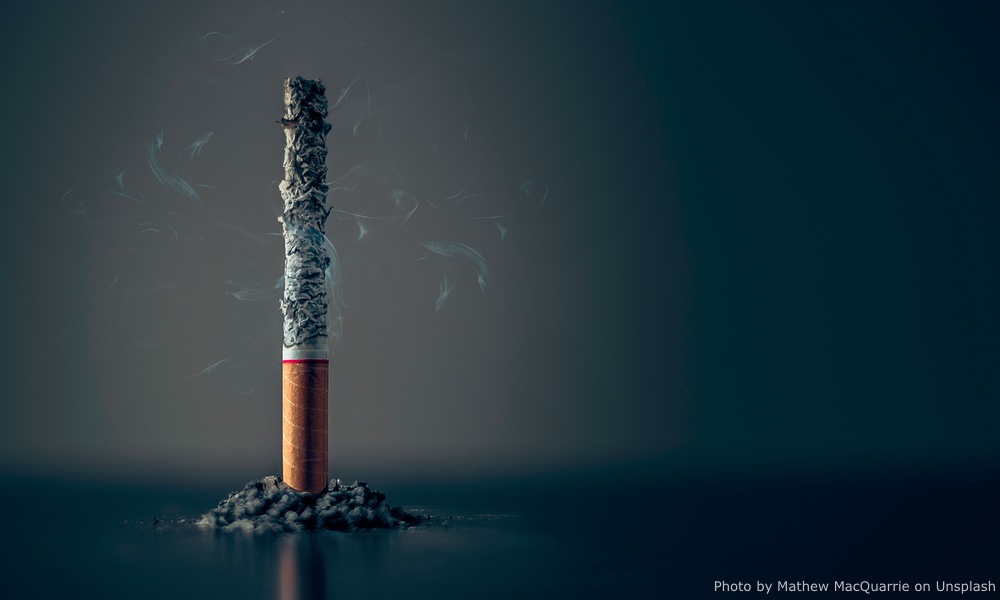In people with Alzheimer's disease, sticky clumps of protein form outside of nerve cells in the brain. These clumps impair nerve cell function, particularly their ability to send signals to other cells. A study at Northwestern University's Feinberg School of Medicine shows that when the brain gets insufficient glucose — which is generally caused by insufficient blood flow — a complex, multi-step process begins, which ultimately leads to increased production of these damaging protein aggregates.The research hints at a slow, insidious process that occurs over many years as the trigger, not a catastrophic one-time event, such as a stroke.
The research hints at a slow, insidious process that occurs over many years as the trigger, not a catastrophic one-time event, such as a stroke.
Researchers studied a protein called eIf2alpha. They found that energy deprivation in the brain causes an alteration (phosphorylation) of this protein, which in turn leads to the increased production of an enzyme called Bace-1. Bace-1 has previously been found to be elevated in Alzheimer's disease and is instrumental in the formation of the sticky protein tangles (called beta-amyloid) found in Alzheimer's sufferers.
According to lead author Robert Vassar, a professor of cell and molecular biology at Northwestern's Feinberg School of Medicine, the significance of the findings is in their suggestion that improving blood flow to the brain might be an effective therapeutic approach to preventing or treating Alzheimer's. A simple preventive strategy people can follow to improve blood flow to the brain is getting exercise, reducing cholesterol and controlling hypertension. "If people start early enough, maybe they can dodge the bullet," says Vassar.
The study, which examined both human and mouse brains, was published in the December 26, 2008 issue of Neuron.




